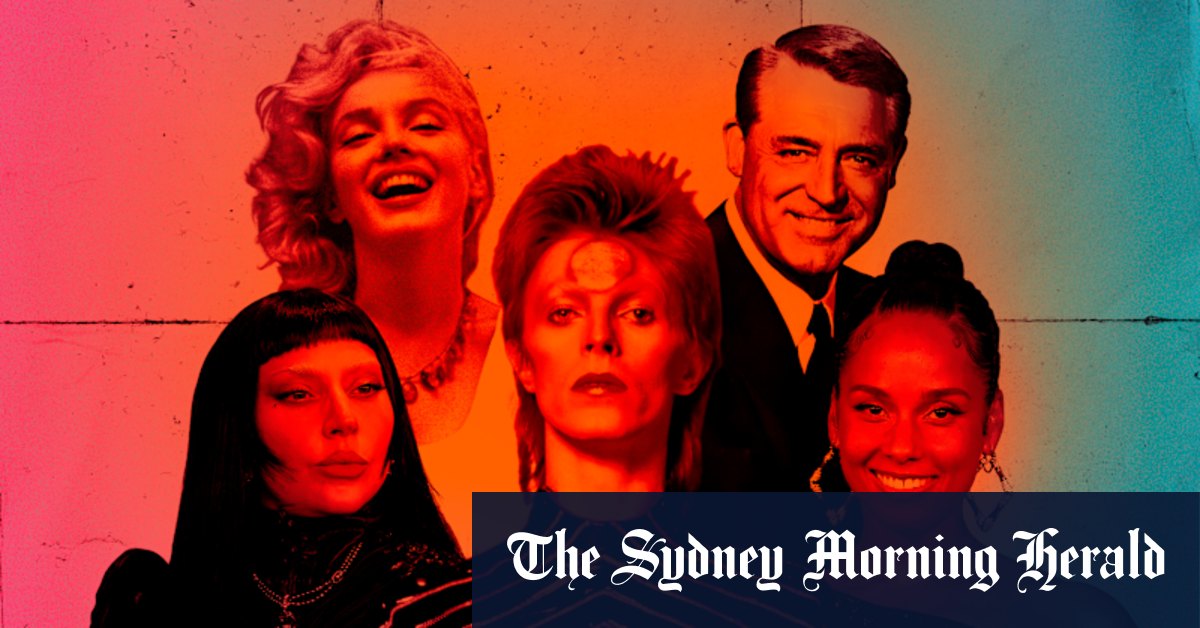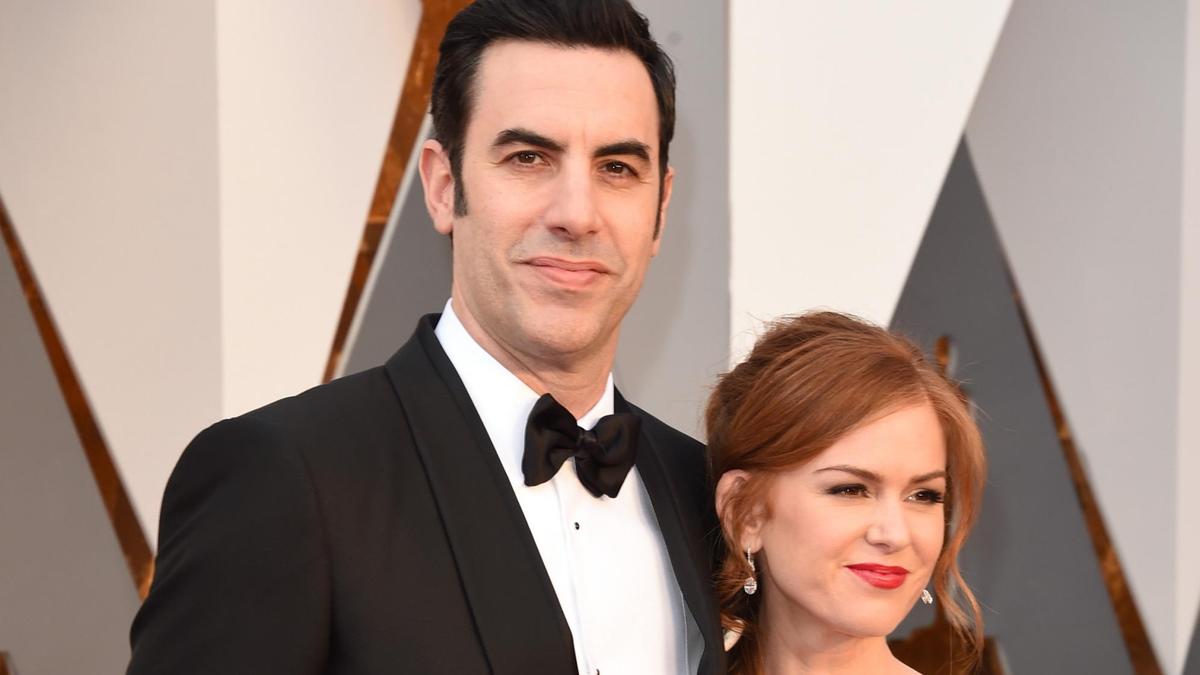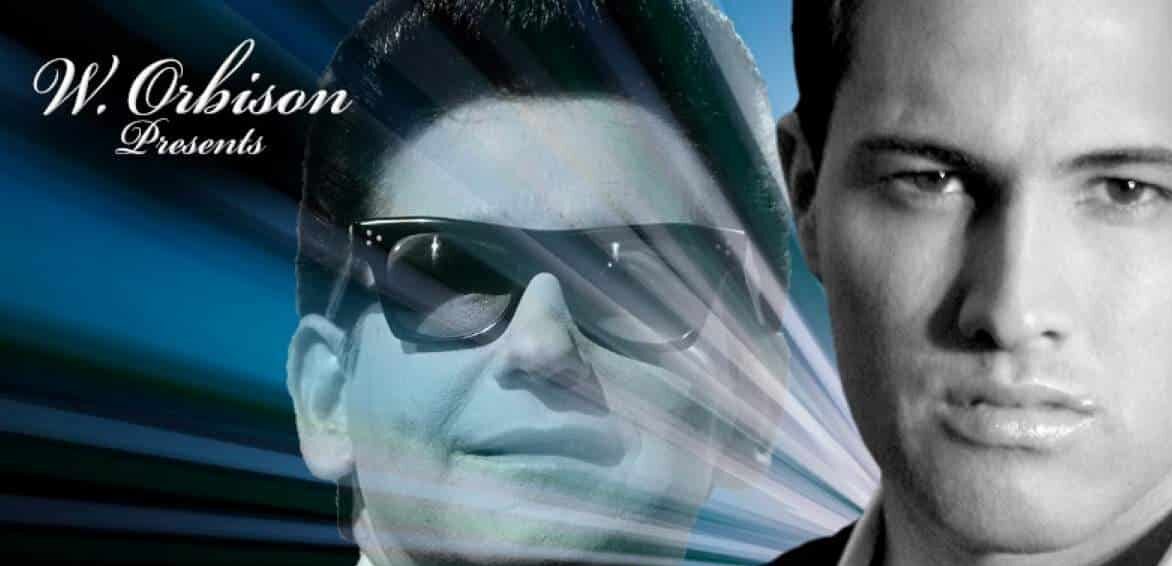Why Do Artists Use Stage Names? From Marilyn Monroe to Chappell Roan, Exploring the Reasons Behind the Persona

Ever wondered why so many artists choose to perform under a stage name instead of their given name? It's a tradition as old as show business itself, with iconic figures like Marilyn Monroe (born Norma Jeane Mortenson) and the rising star Chappell Roan leading the way. But what's the real reason behind this practice? Is it purely for branding, or are there deeper psychological and creative motivations at play?
The history of stage names is deeply intertwined with the evolution of entertainment. In the early days of vaudeville and theatre, many performers adopted names that were more memorable, easier to pronounce, or simply sounded more glamorous than their birth names. These names often aimed to project a specific image or persona, helping audiences connect with the performer on a more emotional level.
Consider the case of Marilyn Monroe. Norma Jeane Mortenson struggled with a difficult childhood and a desire to escape her past. Marilyn Monroe, with its alliteration and classic Hollywood feel, became a carefully crafted identity – a symbol of beauty, glamour, and sophistication. It allowed her to reinvent herself and control how the public perceived her.
Today, the motivations are often a mix of practical and artistic considerations. A birth name might be difficult to spell or remember, or it might not align with the artist's desired image. Sometimes, it's about distancing oneself from a previous identity or creating a fresh start. For example, an artist transitioning between genres might adopt a new name to signal a change in direction.
The Australian directing duo, Danny and Michael Philippou, known for their unsettling and innovative horror films like Talk to Me and Bring Her Back, understand the power of mystery and persona. Their films, steeped in intrigue, demonstrate how carefully constructed identities can be used to captivate and unsettle audiences. While they aren’t performers themselves, their work highlights the broader cultural fascination with crafted identities.
For contemporary artists like Chappell Roan, a stage name can be a tool for self-expression and artistic exploration. It allows them to create a character, a persona, that they can inhabit and use to communicate their music and message to the world. It’s a way to separate the artist from the individual, allowing for greater creative freedom and a more compelling stage presence.
Ultimately, the decision to use a stage name is a personal one. It's a strategic choice that can shape an artist's career, influence their public image, and enhance their creative expression. Whether it's for practicality, branding, or artistic exploration, the tradition of the stage name continues to thrive in the ever-evolving world of entertainment. It's a testament to the enduring power of identity and the magic of performance.
So, the next time you hear a captivating stage name, remember the history and the artistry behind it. It's more than just a name; it's a carefully constructed persona designed to connect with audiences and leave a lasting impression.






